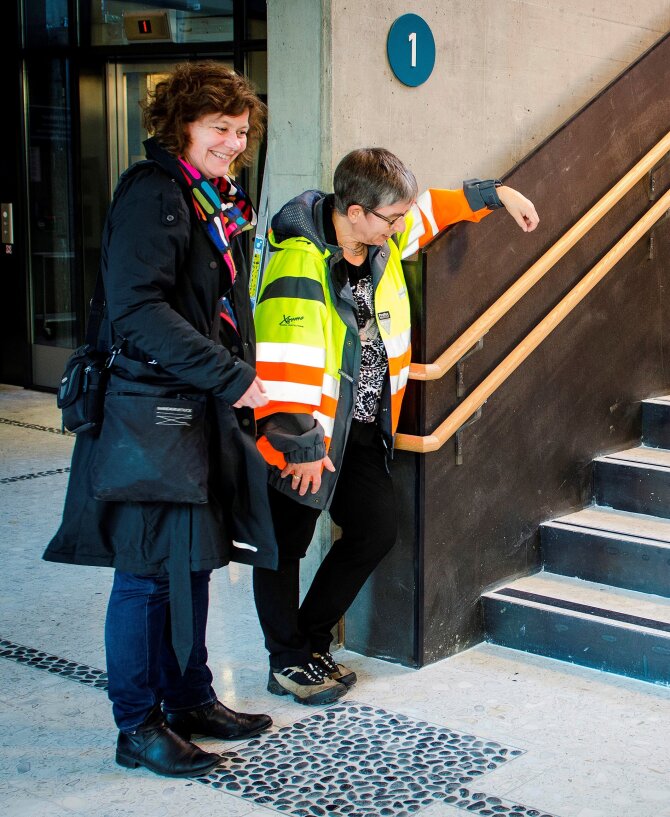Adding Inclusive Design in your architectural process
Inclusive Design activities is here added to a generic architectural process presented here in four main stages. As models vary internationally, this provides a broad description for the different types of processes that are commonly used.
The aim is to outline a practical representation for understanding and applying Inclusive Design in a way that benefits anyone involved in an architectural project. There are many different models that have been developed to represent the architectural process, and a number of organisations have developed versions to suit their particular purpose or context. For example is the Royal Institute of British Architects known as the RIBA-model used across Europe.
However, many generally follow the same basic steps. The four-stage description below is an attempt to simplify these complex processes without losing the overall structure or meaning.
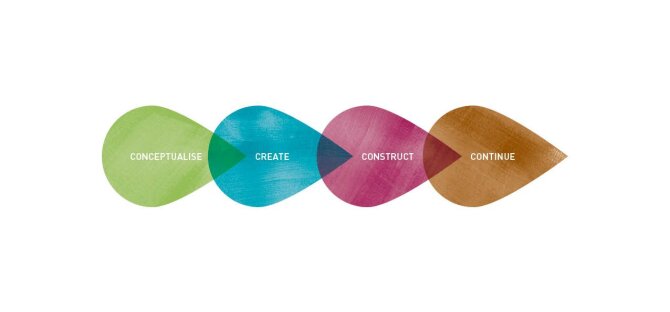
This has been drawn from a number of international sources, including architectural associations, firms and academic models. The stages cover processes that are relevant for everyone involved in projects, including developers, architects, planners, clients, community groups and project managers. Roles and responsibilities differ according to size, scale and context, and will change from activity to activity. The process therefore is meant as a generic overview that suggests nine Inclusive Design activities to add to most architectural processes. These activities, outlined below encourage all members of a project team, whether temporary or permanent, to adopt a practical approach to involving people throughout the different stages of a project.
STAGE 1: CONCEPTUALISE
This stage typically focuses on two Inclusive Design activities, namely “frame context” and “involve people”. A starting point will be to set a vision that defines the aspirations and focus for a project.
Activities can include:
- Understanding the business case for the space or the building
- Interpreting the project vision and aligning with the client’s vision
- Clarifying the legislative and social context around the project
- Working with the people who will be using your design to understand their functional needs and personal aspirations
A third activity, “translating insights”, transitions into the next phase, moving into development.
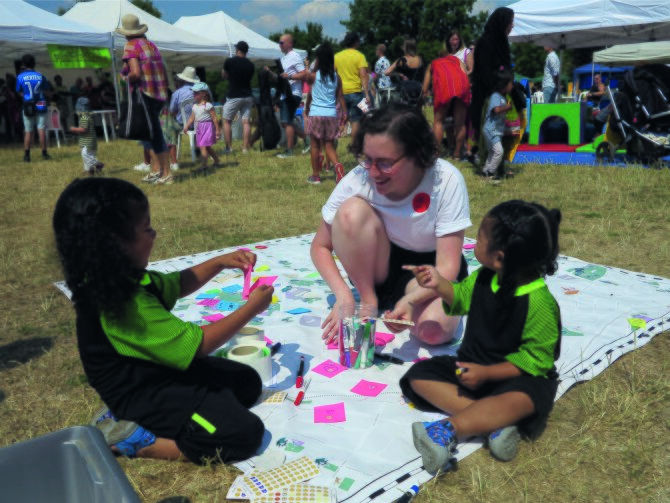
STAGE 2: CREATE
This is very developmental, with activities including “define plan” and “develop design”. It is a process of evolution, balancing an architect’s ideas and sensitivities with stakeholder need and participation.
Typical activities include:
- Finalising the project brief and setting all parameters in place
- Developing design proposals that span a creative spectrum of application
- Consulting with a range of experts, stakeholders and advisers
- Assessing technical feasibility
- Agreeing final ideas from a shortlist of creative propositions and proposals
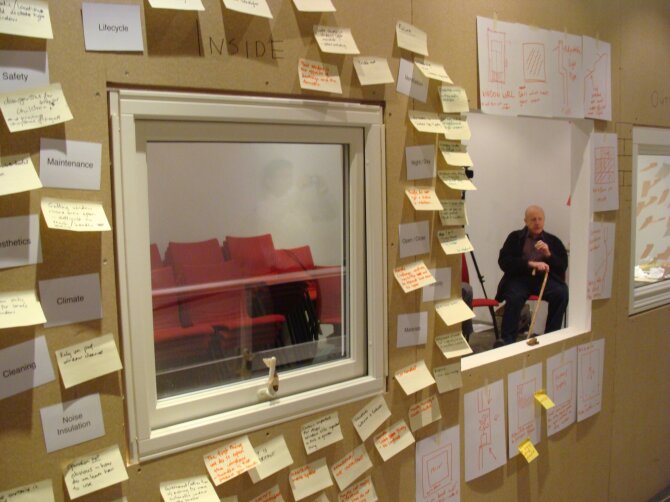
STAGE 3: CONSTRUCT
This is the construction stage and implementation through site management. Communication is extremely important here, as there are both new and existing parties involved in the realisation of the project through to handover.
Typical activities include:
- Preparation of handover package for construction team
- Construction underway and liaison meetings set up to maintain oversight from both architect and client perspective
- Technical oversight to ensure the vision of the project is maintained alongside delivery
- Verification with users in the case of deviation, alteration and progression.
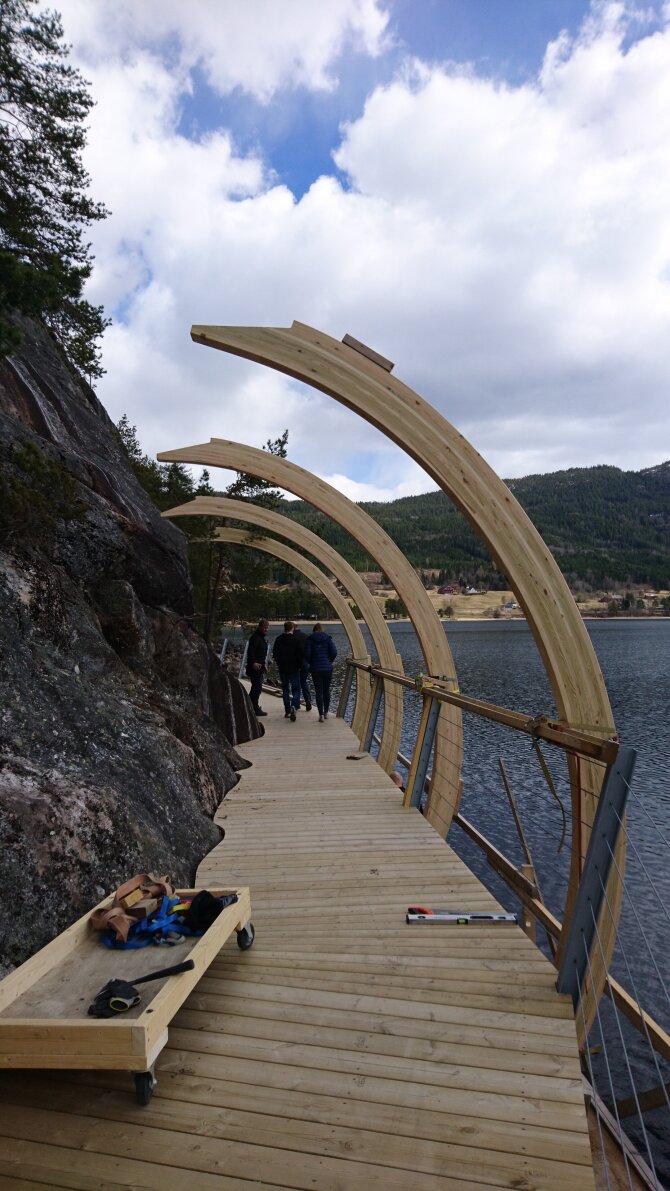
STAGE 4: CONTINUE
This stage covers handover to the client, in-use services and resource building. It continues into a period of handover, settling in, minor adjustments and reorientation.
This includes:
- Completing the project properly in a satisfactory way for the client
- Undertaking ‘post-occupancy evaluation’, ensuring that everything works
- Briefing and handover to occupants, facilities management and owner
- Minor adjustments begin
- Conducting Post Occupancy Evaluation, ideally over a period of time to allow for changes
- Building resources and data for future projects
